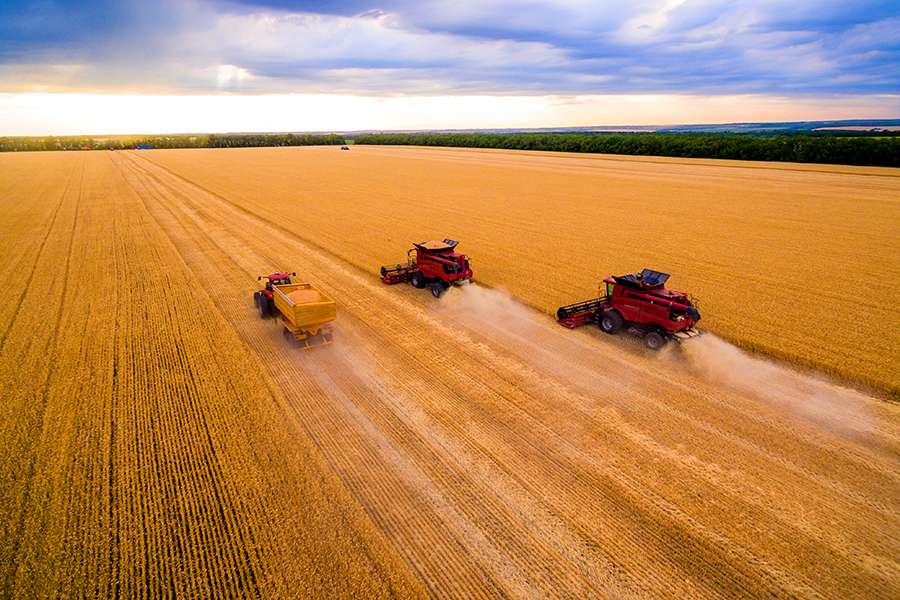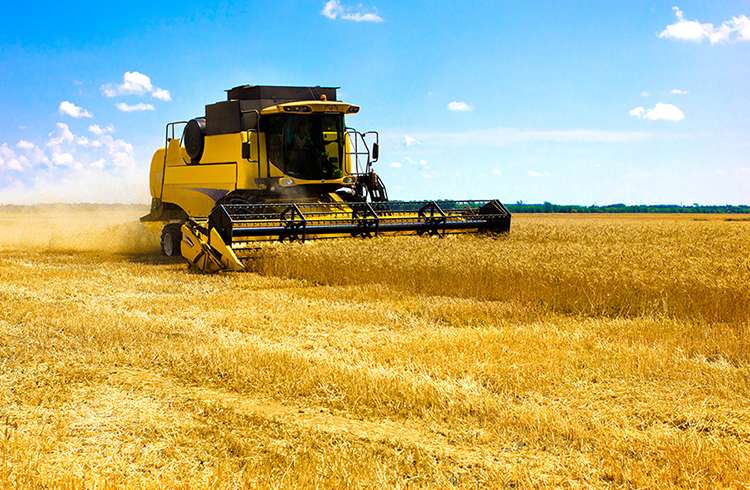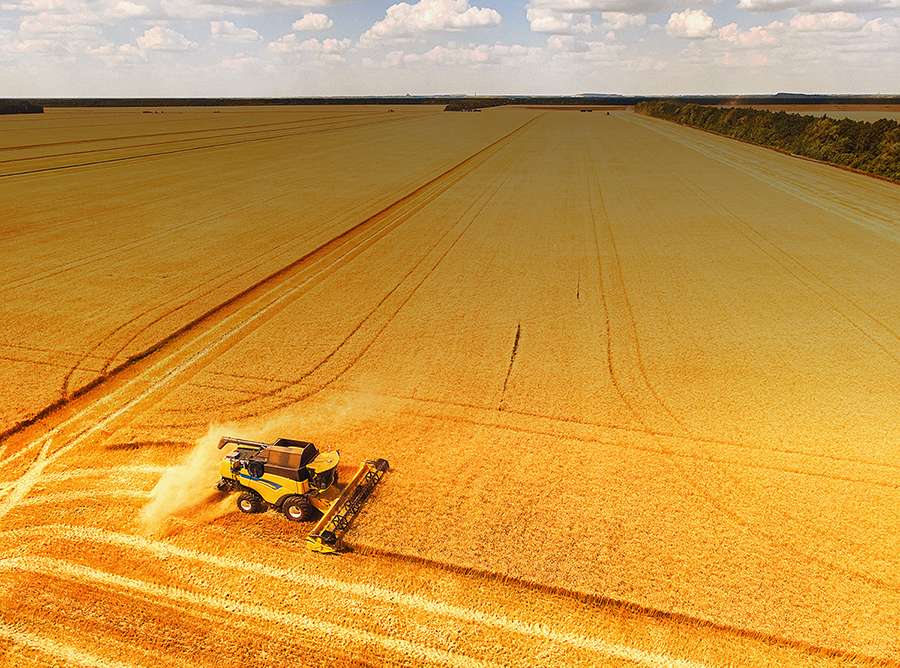Search Further
Kindly select atleast one option
Have Questions Related to CEAT Specialty Harvester Tyres?
FAQs
When choosing the right harvester tyre size, adhere to manufacturer recommendations for optimal performance. Select size based on soil type and terrain for effective traction. Ensure the chosen size can handle the machine's weight and load. Consider a size that maintains stability and ease of moving in varied conditions.
Harvester tyre size significantly influences overall performance by affecting traction, stability, and fuel efficiency. Choosing the right size ensures optimal operation and longevity for your combine harvester.
Yes, upgrading to a larger harvester tyre size can enhance efficiency by improving traction and stability. However, it may slightly impact fuel consumption, as larger tyres may require more power.
Pick wider tyres to prevent sinking. Narrower tyres enhance traction. Choose a versatile size that balances traction and flotation, ensuring efficient harvesting across diverse terrains.
Replace harvester tyres regularly. Follow manufacturer recommendations for replacement intervals. Replace if treads are worn, there are visible cracks or bulges, or if the tyres show uneven wear. Regular inspections ensure timely replacements, enhancing overall safety and performance.
Yes, specific harvester tyre recommendations exist based on crop types. Tailor your tyre size to the crop:
- Row Crops: Pick narrower tyres for precision in row spacing.
- Broad Crops: Wider tyres offer better flotation and minimize soil compaction.
Choose the size that aligns with your predominant crop for optimal performance.
Harvester tyre sizes significantly impact crop yield and quality.
- Traction Matters: Appropriate tyre size enhances traction, reducing slippage and ensuring efficient harvesting.
- Minimized Soil Compaction: Right-sized tyres minimize soil compaction, preserving soil structure and promoting healthy crop growth.
- Gentler Harvesting: Optimal tyre size contributes to smoother operations, preventing crop damage during harvesting.
Choose wisely for improved yield and top-notch crop quality.
Yes, changing harvester tyre sizes can impact overall flexibility. Ensure the new size maintains stability and flexibility, aligning with the specific needs of your combine harvester.
To determine the load-carrying capacity:
- Refer to Manual: Consult your harvester's manual for manufacturer-recommended load limits.
- Check Specifications: Look for load index and load-carrying capacity details on the tyre sidewall.
- Consider Conditions: Factor in working conditions for a safety margin.
Follow these steps for accurate load assessment.
Yes, innovative rubber compounds improve wear resistance. Improved carcass construction enhances durability and load-carrying capacity. Modern tread patterns optimize traction and reduce soil compaction. Stay updated on these advancements for a tire choice that aligns with cutting-edge technology, ensuring prolonged performance and longevity.
The average lifespan of a combine harvester tyre varies but regular maintenance can extend it:
- Lifespan: Typically, 2,000 to 3,000 hours, subject to usage and conditions.
- Maintenance Tips: Keep proper inflation, perform regular inspections, and adhere to recommended loads.
- Extend Durability: Rotate tyres, avoid overloading, and operate in alignment with manufacturer guidelines for optimal lifespan extension.
Regular care is key to maximizing the longevity of your combine harvester tyres.
The choice of harvester tyre size significantly influences machine stability on uneven terrain:
- Wider Tyres: Offer enhanced stability on uneven surfaces, reducing the risk of tipping.
- Proper Traction: Optimal tyre size ensures consistent traction, preventing slippage.
- Balanced Handling: Correct size contributes to better weight distribution, promoting overall stability during operation on varied terrains.
Choose the right tyre size to enhance stability and motility on uneven surfaces.
Pick larger tyre sizes to distribute the machine's weight over a larger surface area. Wider tyres with lower inflation pressures minimize soil compaction. Choosing the right tyre size is crucial for mitigating compaction, preserving soil structure, and promoting healthier crops. Selecting the appropriate tyre size plays a key role in minimizing the impact on soil health during harvest.
Mixing different harvester tyre sizes on the same machine for specific applications is generally not recommended. Uniform tyre sizes ensure consistent performance in terms of traction, stability, and overall machine handling. Adhere to manufacturer recommendations for optimal performance and safety.
Larger sizes and specialized features may result in higher costs. Advanced tread patterns and technologies can affect pricing. Established brands may have premium pricing due to their reputation.
To get the best value:
- Compare Options: Evaluate different brands and models.
- Consider Longevity: Higher upfront costs may be justified by a longer lifespan.
- Match Requirements: Choose a harvester tyre that aligns with your specific needs for optimal investment value.




